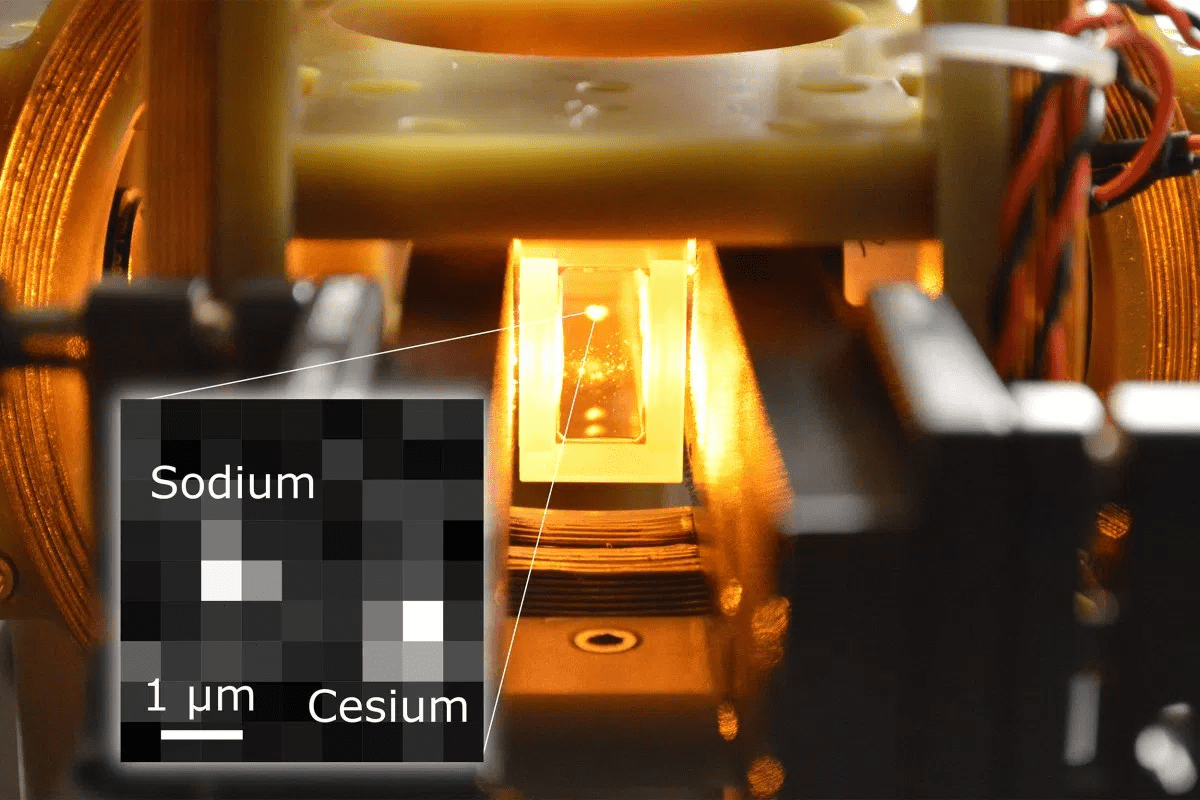Destructive quantum interference improves single-molecule switch
16 Dec 2020 Isabelle Dumé
A single-molecule switch that operates via destructive quantum interference has the highest on/off ratio for a device of its kind. The switch, developed by researchers at Columbia University in the US and the University of Glasgow, UK, consists of a molecule six nanometres long (similar in size to the smallest computer chips on the market) and a special central unit. It can carry currents of over 0.1 microamps in its “on” state and could allow for faster, smaller and more energy-efficient transistors.
Transistors are the workhorses of modern electronics, and their size has decreased steadily over the last half century or so, enabling more and more to be packed onto computer chips. This relentless downsizing can’t continue forever, though, and methods to make ever-smaller transistors in silicon are rapidly approaching the material’s size and performance limits. Researchers are therefore exploring new types of switching mechanisms that can be used with different materials.
Nonlinear effects
In the nanoscale structures that Latha Venkataraman and her group study at Columbia, quantum mechanical effects dominate, and electrons behave as waves rather than particles. These waves can interfere either constructively or destructively. For two constructively-interfering waves, the amplitude of the resulting wave is greater than the sum of the individual waves. In destructive interference, two waves can completely cancel each other out.
Researchers have predicted that such nonlinear effects should allow single-molecule switches to exhibit large ratios of “on” to “off” currents. However, making transistors out of these molecules is no easy task.
One major challenge is current leakage. In an ideal transistor, current flows only in the “on” state, while in the “off” state it is blocked. While real devices are not so clear-cut, Venkataraman explains that the amount of current flowing in the on- and off-states must nevertheless be very different. Otherwise, the device behaves like a leaky hosepipe in which it is hard to tell whether the valve (that is, the on-off switch) is open or closed.
Strongly supressing current in the off-state
Most previous designs for molecular transistors produced leaky devices because they used short molecules for which the difference between the on and off states was small.
In their new work, Venkataraman’s team instead used six-nanometre-long fluorene oligomer molecules synthesized by Peter Skabara and his group at Glasgow. “We observed transport across a six-nanometre molecular wire, which is remarkable since transport across such long length scales is rarely observed,” she explains. “In fact, this is the longest molecule we have ever measured in our lab.”READ MORE

The molecules are also easy to trap between metal contacts, making it possible to create stable, single-molecule circuits that sustain applied voltages of more than 1.5 V. An additional central benzothiadiazole unit enhances destructive interference between different electronic energy levels in the molecules and strongly supresses current in the devices’ off state, so mitigating current leakage. This electronic structure makes the relationship between (tunnelling) current and applied voltage highly nonlinear, Venkataraman says, and produces a ratio of 104 between the on- and off-state current.
The researchers report their work in Nature Nanotechnology.
from physicsworld.com 17/12/2020

Δεν υπάρχουν σχόλια:
Δημοσίευση σχολίου